
| Recorded by: Mark Basinger on 2025-11-26
Brunswick Co.
Comment: | 
| Recorded by: Mark Basinger on 2025-10-21
Wilson Co.
Comment: |
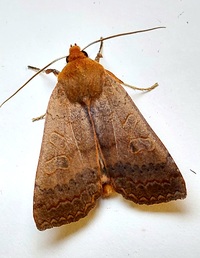
| Recorded by: Mark Basinger on 2025-10-21
Wilson Co.
Comment: | 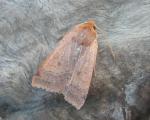
| Recorded by: R. Newman on 2024-02-14
Carteret Co.
Comment: |

| Recorded by: R. Newman on 2024-01-23
Carteret Co.
Comment: | 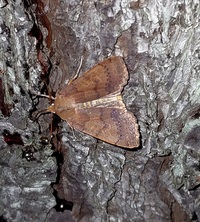
| Recorded by: Mark Basinger on 2023-12-26
Wilson Co.
Comment: |
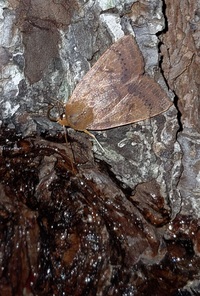
| Recorded by: Mark Basinger on 2023-12-25
Wilson Co.
Comment: | 
| Recorded by: Dean Furbish and Joy Wiggins on 2023-12-24
Pender Co.
Comment: |
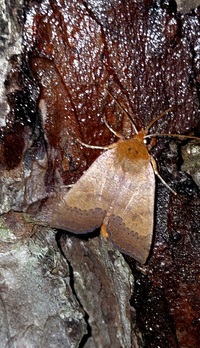
| Recorded by: Mark Basinger on 2023-11-24
Brunswick Co.
Comment: | 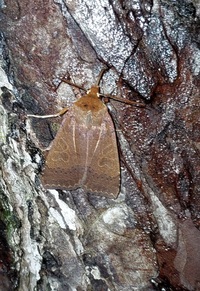
| Recorded by: Mark Basinger on 2023-11-23
Brunswick Co.
Comment: |

| Recorded by: Mark Basinger on 2023-11-23
Brunswick Co.
Comment: | 
| Recorded by: Mark Basinger on 2023-11-22
Brunswick Co.
Comment: |

| Recorded by: R. Newman on 2023-02-21
Carteret Co.
Comment: | 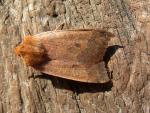
| Recorded by: R. Newman on 2022-11-19
Carteret Co.
Comment: |

| Recorded by: J.B. Sullivan on 2022-04-01
Carteret Co.
Comment: | 
| Recorded by: J.B. Sullivan on 2022-04-01
Carteret Co.
Comment: |
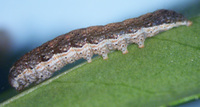
| Recorded by: J.B. Sullivan on 2022-03-18
Carteret Co.
Comment: | 
| Recorded by: R. Newman on 2021-11-09
Carteret Co.
Comment: |
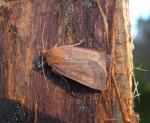
| Recorded by: R. Newman on 2021-03-10
Carteret Co.
Comment: | 
| Recorded by: Mark Shields on 2020-01-10
Onslow Co.
Comment: |

| Recorded by: Mark Shields on 2019-12-25
Onslow Co.
Comment: | 
| Recorded by: J.B. Sullivan on 2019-02-06
Carteret Co.
Comment: |
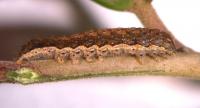
| Recorded by: Bo Sullivan on 2016-02-01
Carteret Co.
Comment: Found on Yaupon. Probably 2nd instar; length = 7 mm | 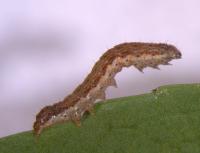
| Recorded by: Bo Sullivan on 2016-02-01
Carteret Co.
Comment: Found on Yaupon. Probably 2nd instar; length = 6 mm |

| Recorded by: Bo Sullivan on 2016-02-01
Carteret Co.
Comment: Found on Yaupon. Probably 2nd instar; length = 6 mm | 
| Recorded by: Bo Sullivan on 2012-02-26
Carteret Co.
Comment: |

| Recorded by: Bo Sullivan on 2012-02-26
Carteret Co.
Comment: | 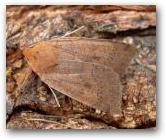
| Recorded by: Newman,Randy on 2006-01-05
Carteret Co.
Comment: |
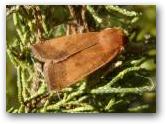
| Recorded by: Newman, Randy on 2005-01-01
Carteret Co.
Comment: |

 »
»


 »
»
